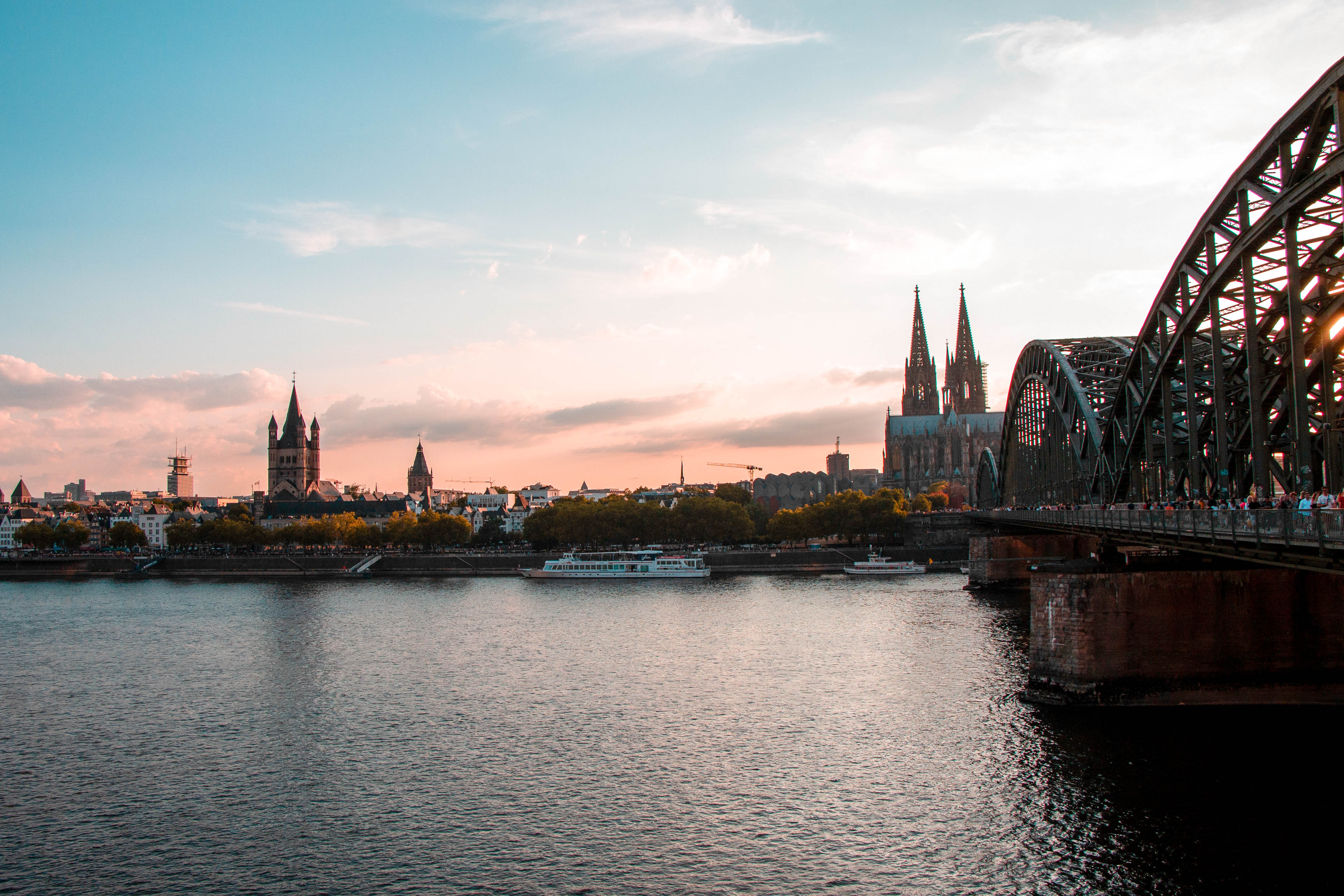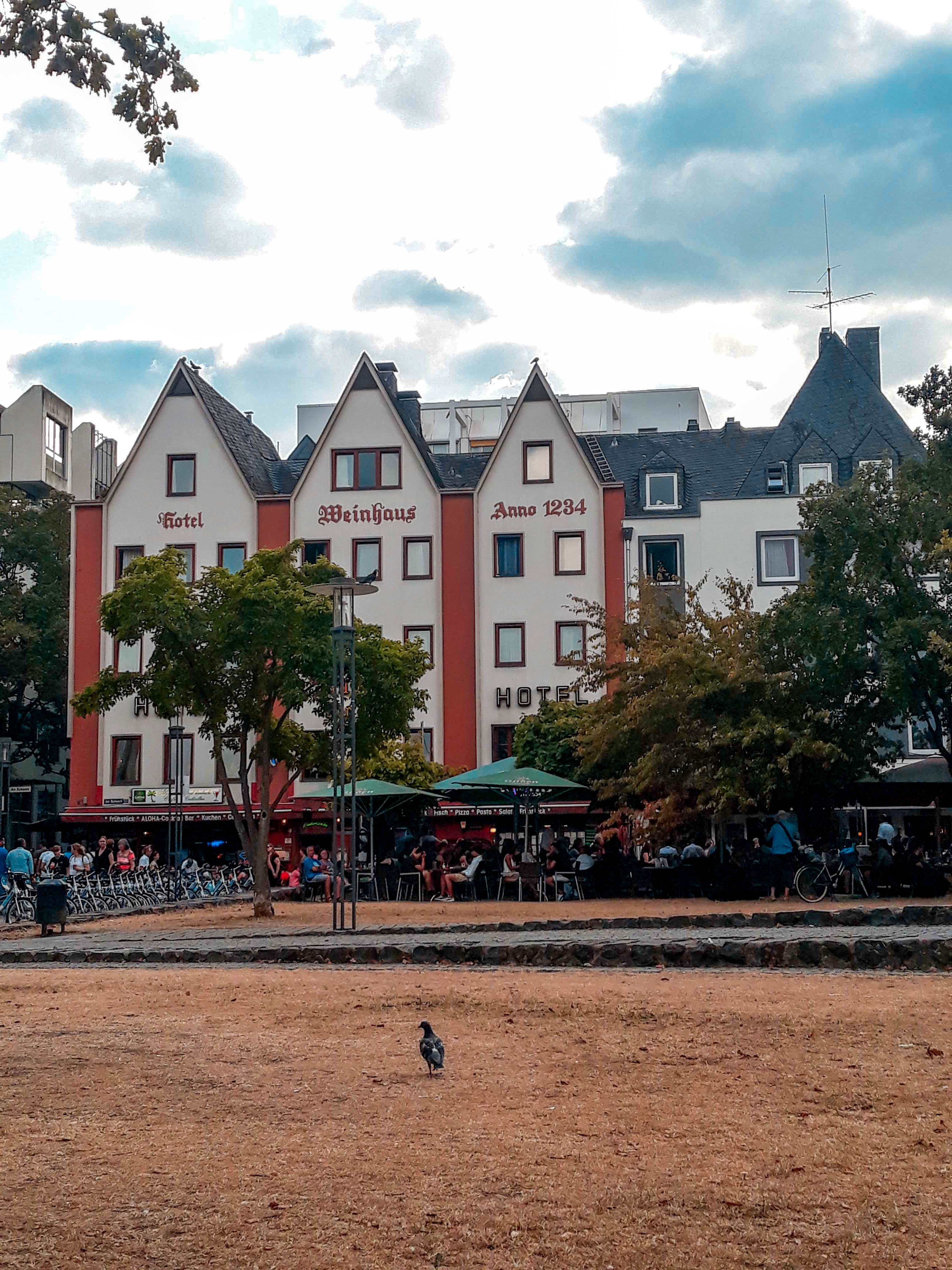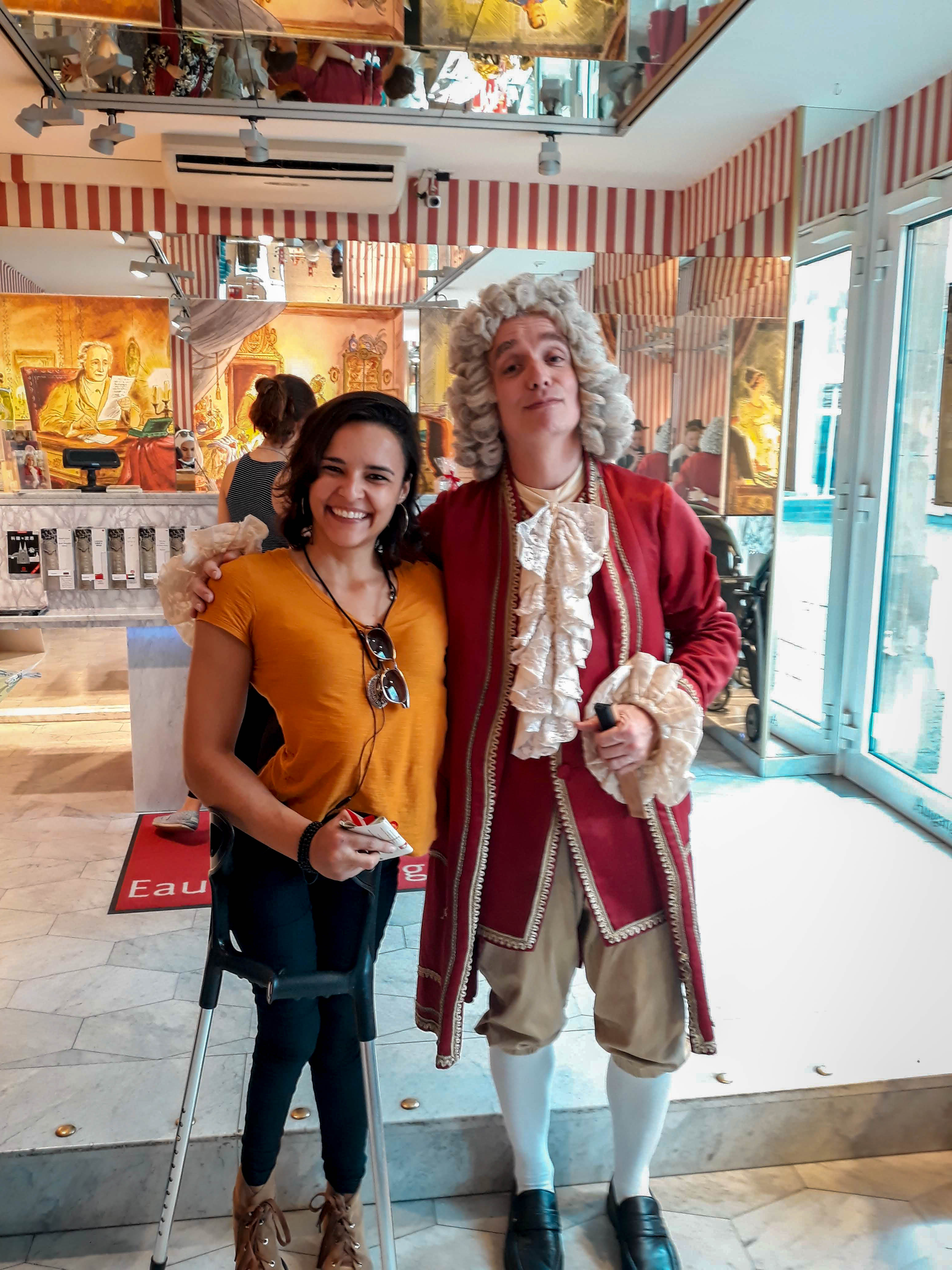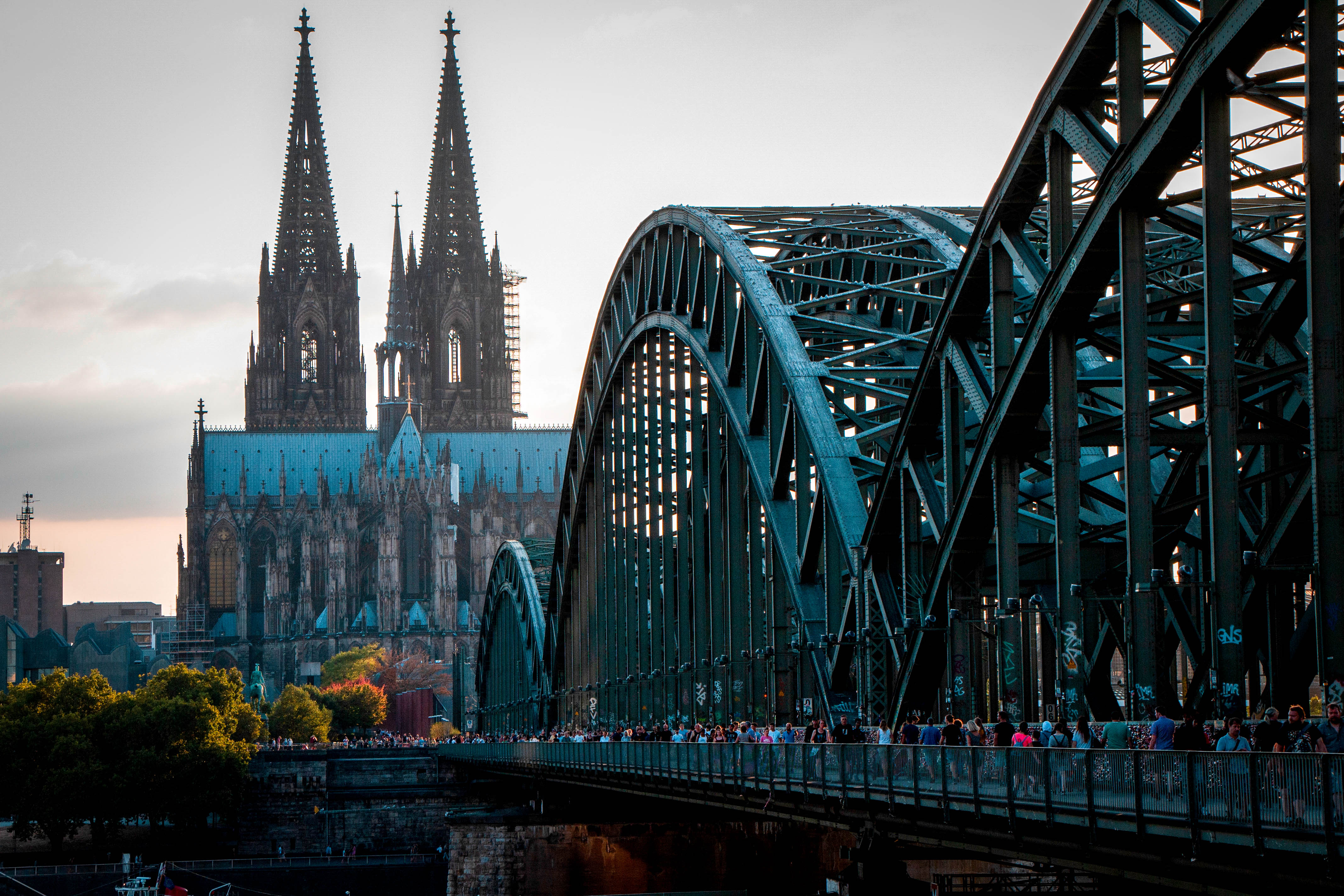Anyone who sums up a country like Germany to the cities of Berlin, the capital, and Frankfurt is wrong. Here I present to you one of the cities, in my opinion, the most charming in Europe: Cologne.
The city is easily accessible for those in the Netherlands, Belgium, or Luxembourg. These countries are even closer to Cologne than the capital Berlin itself.
About the city

Cologne is 2,000 years old and is the fourth largest city in Germany (after Berlin, Hamburg, and Munich).
It is located in the Rhine-Ruhr region, one of the main European metropolitan regions and the largest in Germany, with over ten million inhabitants (the city of Cologne alone has just over 1 million inhabitants).
The city is a cultural center which is home to dozens of museums and hundreds of art galleries. During the Middle Ages, it was one of the most important trade routes between east and west Europe.
Cologne was also one of the most bombed cities in Germany during World War II, with almost 35 tons of bombs dropped on its territory. The bombing reduced the population by 95%, due to the evacuation and destruction of almost the entire city.
Today, Cologne gives you breathtaking images and the re-emergence of the city surprises us. As a result, there is a mixed and unique urban landscape.
What to do

It is noteworthy that, despite the size of the city, the historic center of Cologne is quite small and no car is needed to visit many places around there. So much so that the transport of tourists is made by an account of tricycles, the Taxibikes.
Thus, tourists are taken by a guide and are able to navigate the main streets of the historic center without any hindrance. This is also a good option for those who have limited mobility and do not want to or cannot get tired of so much walking.

The Cathedral

There is no doubt: Cologne Cathedral is the city’s main attraction. Gigantic, the Kölner Dom (its name is German) is a Gothic-style church that took 600 years to be completed, which took place in 1880. Take good care of your neck as you try to look up to the top of the 175-meter church. Height.
The entrance is free. One of the curiosities that most attract the attention of tourists is the fact that inside the church there is an urn with the mortal remains of the three wise men, taken from Milan during the Roman-Germanic Empire.
I advise you to start the tour right there, as around you will already find hundreds of options for places to eat, buy souvenirs or arrange a taxibikes.
By the way, there are plenty of stalls where you can eat typical German cookies and drink Kölsch, the popular beer that is only produced in the city. Beer is always served in a straight, cylindrical 200ml glass.
The most traditional spot for this is at the city’s most popular brewery (and restaurant), almost next to the Cathedral, the Brauhaus Früh. But I’ll show you a place with a delicious view to have that beer in a little while, on the banks of the Rhine River.
Also walking a little further to the right from the cathedral – yes, it is possible to do everything walking – you will find the one that makes up one of the most popular and enchanting stories in the city: the house where Johann Farina, the inventor of the water of Cologne, lived.
Exactly, this fragrance popularly known around the world, and which you can find from different brands and in all perfumeries, was born here.
The real Eau de Cologne

The house where Farina lived is not only a store where the world’s first water of Cologne is sold, but also a museum where it is possible to schedule a tour and better understand the history of fragrance and even about perfumes and the differences between Cologne.
To summarize a little bit, I can tell you that Farina was an Italian who left his country, went through different cities until he settled in Cologne.
He wanted to create a fragrance that would remind him of spring afternoons in Italy after the rain. But also because he loved the city where he was now living, he named the perfume Eau de Cologne, which stood out because of the aroma that goes much lighter than those sold at the time.
Years later, the family was unable to patent the use of “Eau de Cologne” as a brand, as it was widespread throughout the world. But now you know that the first and original eau de cologne is Farina, which can be bought at this store for prices starting from 8 euros.
Hohenzollern Bridge

Heading to the banks of the River Rhine is one of my favorite places in the city. After crossing some narrow streets and getting lost in visiting some of the many churches in the center – I arrived at the Fisch Markt. In this region the bars are packed in summer. There are a lot of people drinking the huge jugs of beers for prices starting at a euro and, of course, eating sausage.
Looking ahead, on the river, hundreds of boats offer tours or travel along the river to different destinations. The region can be a children’s park, picnic area, or simply a place to enjoy the beautiful view of the legendary Hohenzollern bridge, which fell in half during the war.